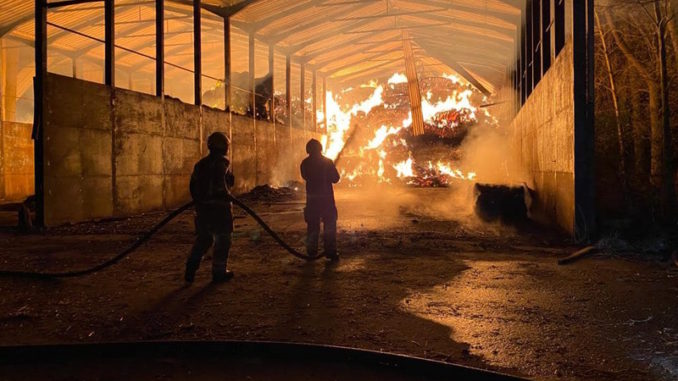
A fire service which inspectors graded ‘inadequate’ and as ‘requires improvement’ last year is making huge strides to improve, the elected commissioner charged with ensuring the brigade is working effectively has said.
North Yorkshire police, fire and crime commissioner Zoe Metcalfe said the service had been working “at pace to make considerable progress” over the eight recommendations linked to concerns highlighted by government inspectors.
She told a meeting of North Yorkshire and York’s police, fire and crime panel following two further inspections to assess progress this year, “initial feedback has been positive” and that the inspectorate was set to publish its findings next week.
Mrs Metcalfe said areas identified for improvement were on track for completion and the remaining causes of concern were being prioritised.
She added following the introduction of a new risk and resource model for the service, “a targeted approach to prevention activities” had been undertaken in the Huntington area, where a controversial move to change the staffing of the station from full-time to on-call is being completed.
However, York councillor Danny Myers told the meeting that according to the latest figures the North Yorkshire service had the slowest response time in the country last year.
In the areas covered by the North Yorkshire Fire and Rescue Service, people had to wait for an average of 13 minutes and nine seconds for firefighters to respond to incidents. This includes time spent on the phone reporting the incident, the crew’s preparation and their journey time.
The response time was up on 11 minutes and 37 seconds the year before.
He told the commissioner: “It is a serious concern. The direction of travel is not good.”
Coun Myers said while Huntington was losing its full-time crew and moving to an on-call station it remained unclear what the impact on response times would be.
He added council tax payers in York paid out more than was spent on the fire and rescue service in the city due to the cost of providing the service across the vast rural expanse of North Yorkshire.
Mrs Metcalfe replied that last year she had consulted widely over the risk and resource model and that she had provided information to the panel in “a very full and transparent way”.
Chief fire officer Jonathan Dyson said “it was very easy to get misled by attendance times” as the North Yorkshire was the country’s largest county, spanning some 2,608 square miles.
He said while the service for Devon and Somerset covered a slightly larger area and had 84 fire stations, North Yorkshire had just 38.
Mr Dyson said he agreed that attendance times were important, but they did not take into account fire engines getting stuck behind tractors on rural roads or that on-call firefighters had to travel to the station before travelling to the emergency.
He said the service was working on “prevention protection” for the most vulnerable.
The chief fire officer added if he had millions of pounds extra he would put them into prevention and protection rather than responses, as he would be “faithfully filing every member of the public by not protecting them”.


Be the first to comment